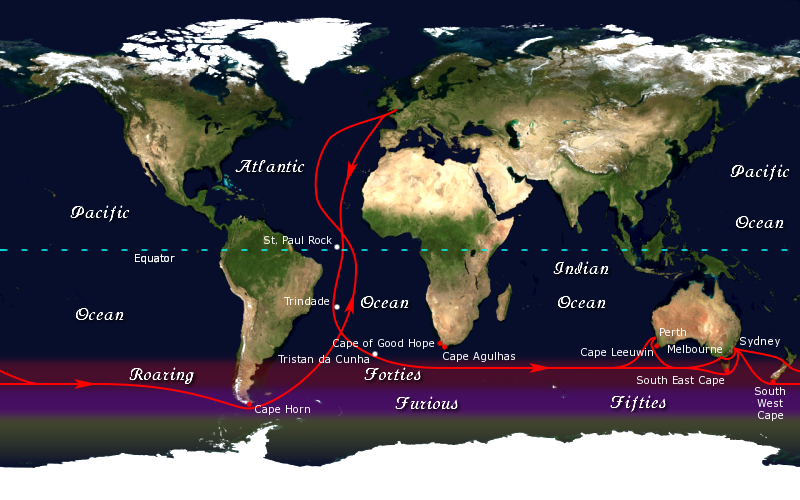Trans-Atlantic passenger travel was not very popular until the advent of the steamer, and yet men and women crossed the ocean periodically, including the affluent.
Trans-Atlantic passenger travel didn't exist before the advent of steam power. It became possible because of steam power.
Before, people had to have very good reasons for traveling. Migrating to the Americas to start a new life, for example. Or for really important business reasons that could not be dealt with otherwise. If you wanted adventure and visit exotic countries, you'd join the navy. Sightseeing was not a good reason.
From what I've been able to gather, a fireplace, or even a stove, was unthinkable outside the galley.
Correct. Ships were highly flammable. It's a collection of dry wood, tar, linen and hemp. You want to minimize fire hazards as much as possible. Many ships didn't even have a galley. There was a box in which fire was allowed for cooking only. Everyone or every group took turns preparing something hot to eat. Passengers sometimes had to pay for that privilege.
Sailors may have been used to it, but what about folks who paid good money for the trip and expected it to be somewhat comfortable? Did they just use a lot of blankets in their cabins?
Passengers didn't have cabins, as there were no passenger ships. They slept where it was possible. On top or in between cargo, for example. Only very rich and/or important passengers would be able to secure a bunk or even a cabin of one of the officers.
As to 'a cabin of the officers', don't expect anything we think of as cabins. The captain had a very large cabin, but he was the only one. The other officers had cabins we would recognize as large cabinets. I visited a museum ship (steam powered, so much more comfortable than most sailing ships) some time ago. The cabin of the captain was huge. But his officers slept in what I thought were cabinets.
People were used to much harsher conditions than we can imagine. Don't forget the climate of that period, it's called the Little Ice age. Today we consider about 21 C room temperature, but that's fairly recent. My mum told me 16 C was room temperature when she was a child, with one heater for the whole house. Which was turned off during the night.
If you felt cold, you had to dress up. Look at pictures of the period: people wear clothes in (a relatively warm) house we would wear outside in chilly weather. Translate that into: it was cold enough inside (heated) houses to dress up for it.
On board ships, it was real hardship. You couldn't turn on the heating - there wasn't any. If you happen to make the crossing in bad weather, you were wet, miserable and cold.
Another item of misery: going to the loo on board. There wasn't one. You had to do your business in a bucket or over the side. Downwind, of course. Hopefully the weather wasn't too bad. If it was: though luck!
It's not a coincidence many people made their last will before departure.

